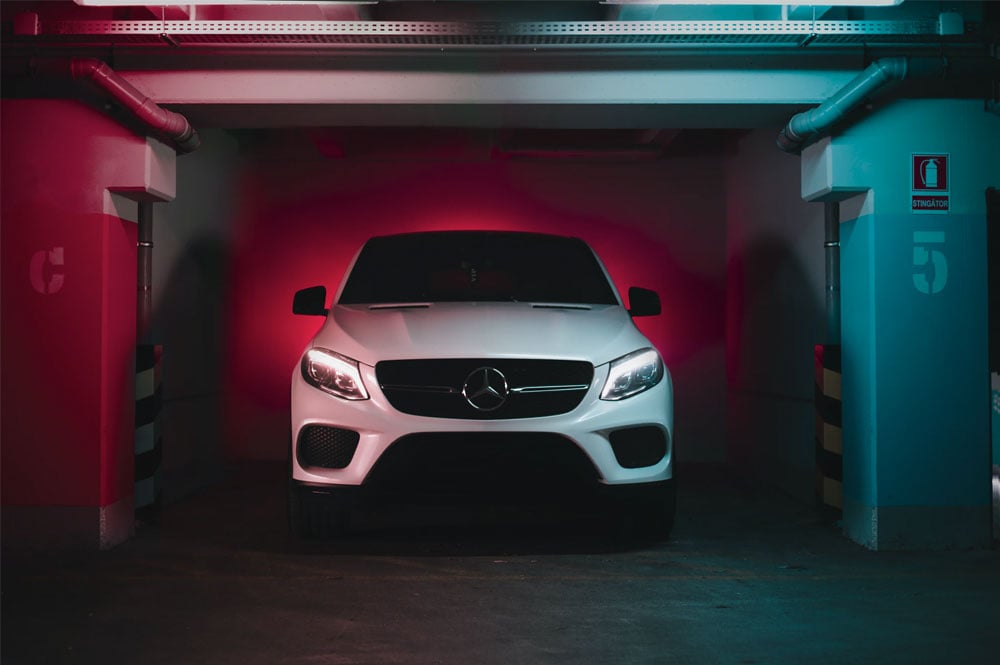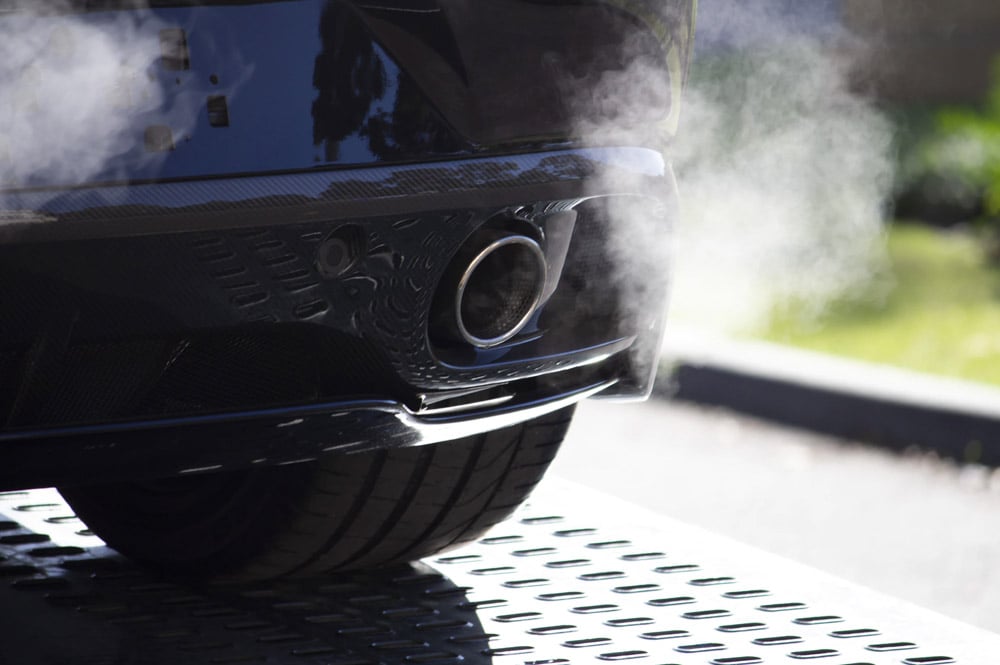Guide To Understanding No Claims Discount


Dive into the secrets of no-claims discounts with Motorscan’s comprehensive guide—an invaluable resource for substantial insurance savings. Explore the intricacies and myths, and maximise your discounts. Learn how to protect your bonus and understand discount limits. From fault claims to building your bonus and using it on multiple cars, find answers to all your no-claims queries!
Embarking on the journey of no claims discounts may seem intimidating, but the potential for significant savings is worth the effort. We’ve done the hard work of delving into the details, and much like a seasoned explorer, Motorscan’s guide equips you with the insights and tools you need to successfully uncover the rewards of no claims discounts. Consider this your no claims discount compass – helping you chart a course to more cost-effective coverage and a smoother and more rewarding insurance experience.
A no claims bonus (NCB), also commonly known as a no claims discount (NCD), is a reward insurance providers offer to policyholders who go claim-free on their insurance policies over a specified period. Essentially, it’s a discount that reflects the insurer’s recognition of the policyholder’s history of safe driving or low-risk behaviour, with the discount accumulating year after year when there have been no claims.
The discount you receive through a no claims bonus depends on several factors, including the insurance provider, the number of consecutive claim-free years you’ve accumulated, and the specific terms of your policy. It’s common for insurers to offer escalating discounts for consecutive claim-free years, with the discount percentage increasing for each additional year. The initial discount might start at around 30% and can grow to 40%, 50%, or more for several years without claims.
A maximum limit or cap on the no claims discount is usually applied to a car insurance policy. While the specific cap can vary among insurance providers, it’s common for insurers to offer a maximum no claims discount of around 70% or 75%, meaning that once a policyholder has accumulated a certain number of consecutive claim-free years (usually five or more), they will reach the maximum discount level.
You can still face a reduction in your no claims discount even when the accident isn’t your fault. For example, if the cost can’t be claimed from the other party who was at fault and cannot be located (e.g., a hit-and-run) or doesn’t have insurance. Protecting your no claims discount is, therefore, highly recommended, as it safeguards this valuable benefit in case of such an event.
Also known as no claims bonus protection, it’s an add-on feature for your car insurance policy you can pay an extra cost for. It’s designed to help safeguard the discount you’ve earned for having a certain number of consecutive claim-free years, allowing you a specified number of claims within a given policy period without affecting your accumulated no claims discount. For example, an insurance provider may allow two claims within a one-year period. However, the specifics will vary between insurance providers, so it’s essential that you read through the policy details carefully.
While your protected no claims discount will remain intact after a claim, it’s important to note that your overall insurance premium might still increase. The protection typically shields your discount but doesn’t prevent other factors, like changes in risk or market conditions, from influencing your premium.
No claims bonuses are measured in consecutive claim-free years and continue as long as you remain claim-free. They can be carried forward if you renew with the same insurance provider. If you switch providers, you should also be able to take your no claims discount, but check with your new provider to ensure this is the case, as policy terms vary. Be super conscious not to let your policy lapse for an extended period, as you may lose any accumulated no-claims bonus. Again, you should check with the new insurer on how they handle this transition.
Building your no claims discount involves maintaining a consecutive period without making any claims on your insurance policy. Here are Motorscan’s tips to help you build and preserve your no claims discount:
A no claims bonus is typically specific to an individual and a single vehicle, so it’s not directly transferable between multiple cars. Each vehicle you insure will usually have its own separate policy and no claims history. However, some insurance providers offer multi-car policies that allow you to insure multiple cars under the same policy. In such cases, the no claims bonus might apply collectively to all the insured vehicles, but you should check with your insurance provider as this can vary.


